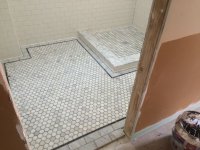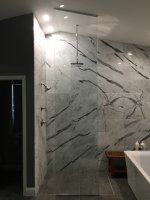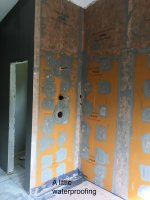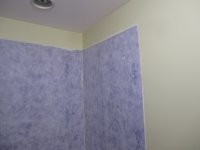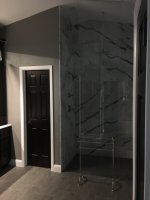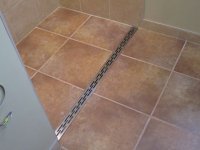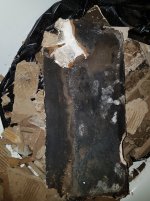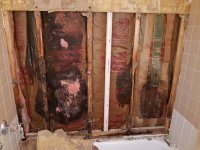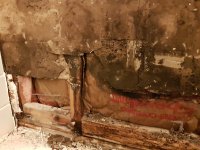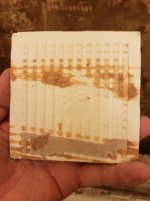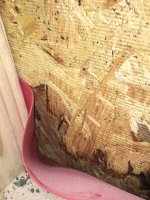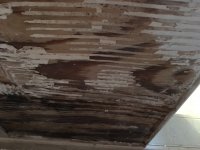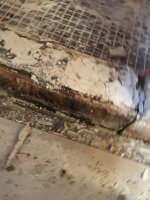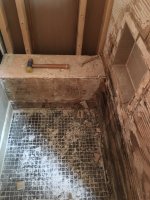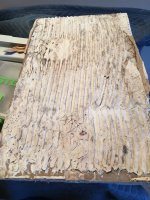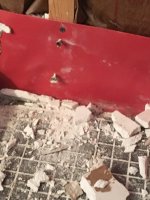Regs will differ from country to country, and region to region in the bigger countries.
We always follow regs, as our reputation is valuable to us, and we also then have a clear conscience.
I have seen some terrible damage to houses caused by shoddy bathroom installations. Rotten floor joists, damp brickwork, damage to room below often hidden for years, caused by slow but constant leakage.
So for a few years now, we have a policy that no matter how large or small a bathroom is, we apply a waterproof membrane (tanking) anywhere that will be tiled.
We use all the appropriate backer boards etc, then apply the tanking, making sure that corners are properly taped, and the top edge of baths, shower trays, and basins etc, are taped, with the tap lapping the top edge, to create a barrier. This is very important. Also any feed and waste pipes are carefully sealed and taped
Then the tanking is applied, often two coats depending on the product.
This adds expense to the job, and obviously cost but, enables us to provide a longer guarantee.
If a client isn’t happy with this procedure, we politely walk away. In my experience, if the tanking is done properly, literally leaving no gaps, holes or weak spots, it will do it’s job for many years, regardless of whats underneath.
It’s the same with basement conversions, if the tanking is done properly all is good.

